We go on instruments
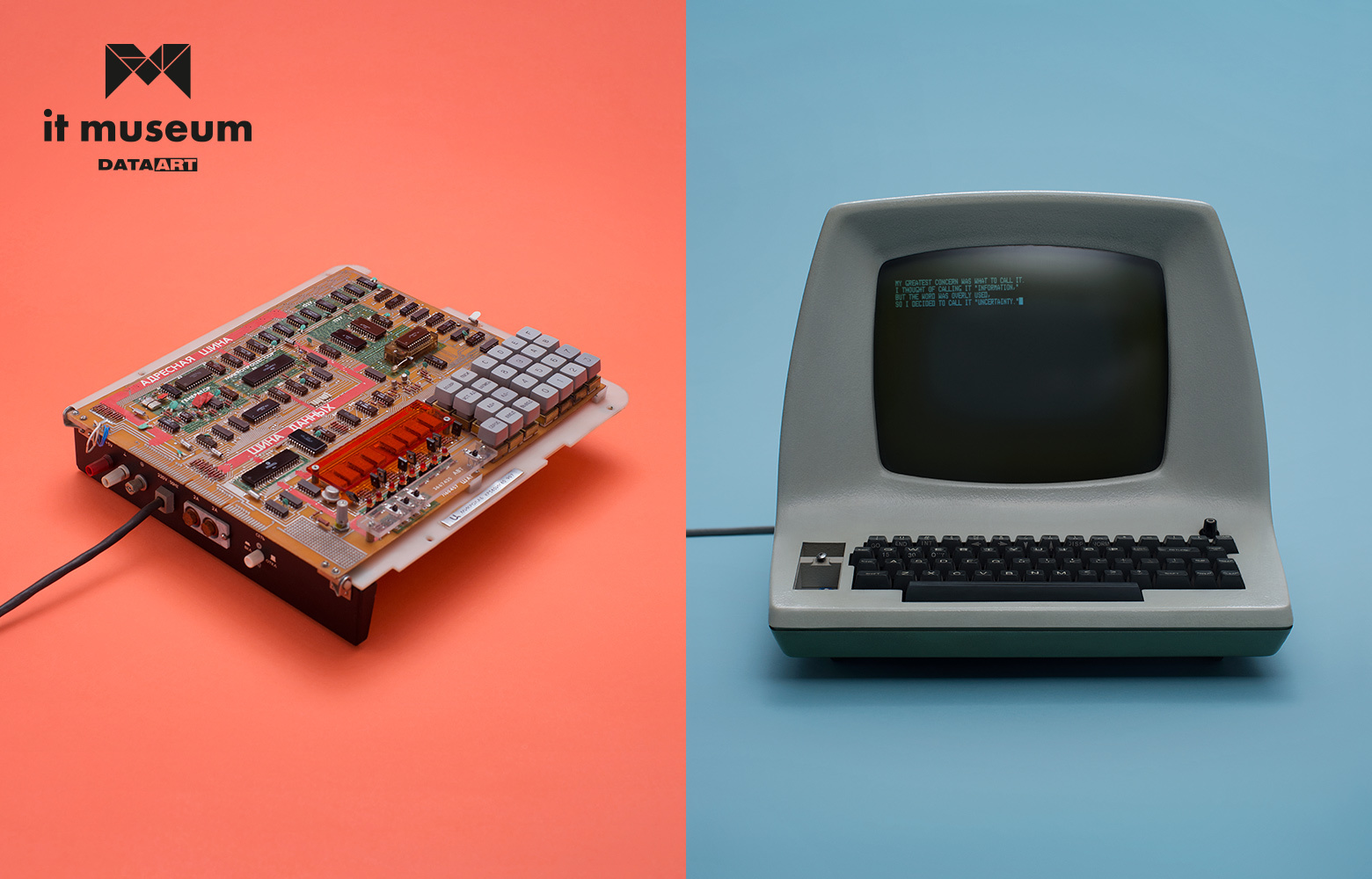
IT DataArt Museum has been around for seven years. It began with an attempt to save the little that the experienced programmers still had from their creative IT-youth. Colleagues began to bring their own relics: entire computers and old processors, modems, huge floppy disks and mice, boards of Soviet computers, telephones and pagers. Now there are dozens of exhibits in the windows of the museum in development centers in St. Petersburg and Voronezh, and this year DataArt has released a special series of posters with some of them.

Hard disk MS-5401
')
The first version of the NZHMD MS-5401 since 1986 was produced at the Gorky Design Bureau, NIITOP, which specialized in cloning western electronics. The original for it was the Seagate ST 506. The DataArt Museum presents the second version of the HDD MS-5401, such hard drives from 1987 were produced in Rostov-on-Don and Kiev. Unformatted disk space - 6 MB. It was used, for example, in the PC "Electronics-85".

8-bit punched tape
Paper punched tapes have been used in computers since the 1950s. By the 1980s, their field of application narrowed mainly to numerically controlled machine tools and stand-alone devices: paper tape is in many ways more reliable than magnetic storage media. A copy from the collection DataArt - 1983. It contained the firmware image of the ROM for the onboard computer for military purposes.
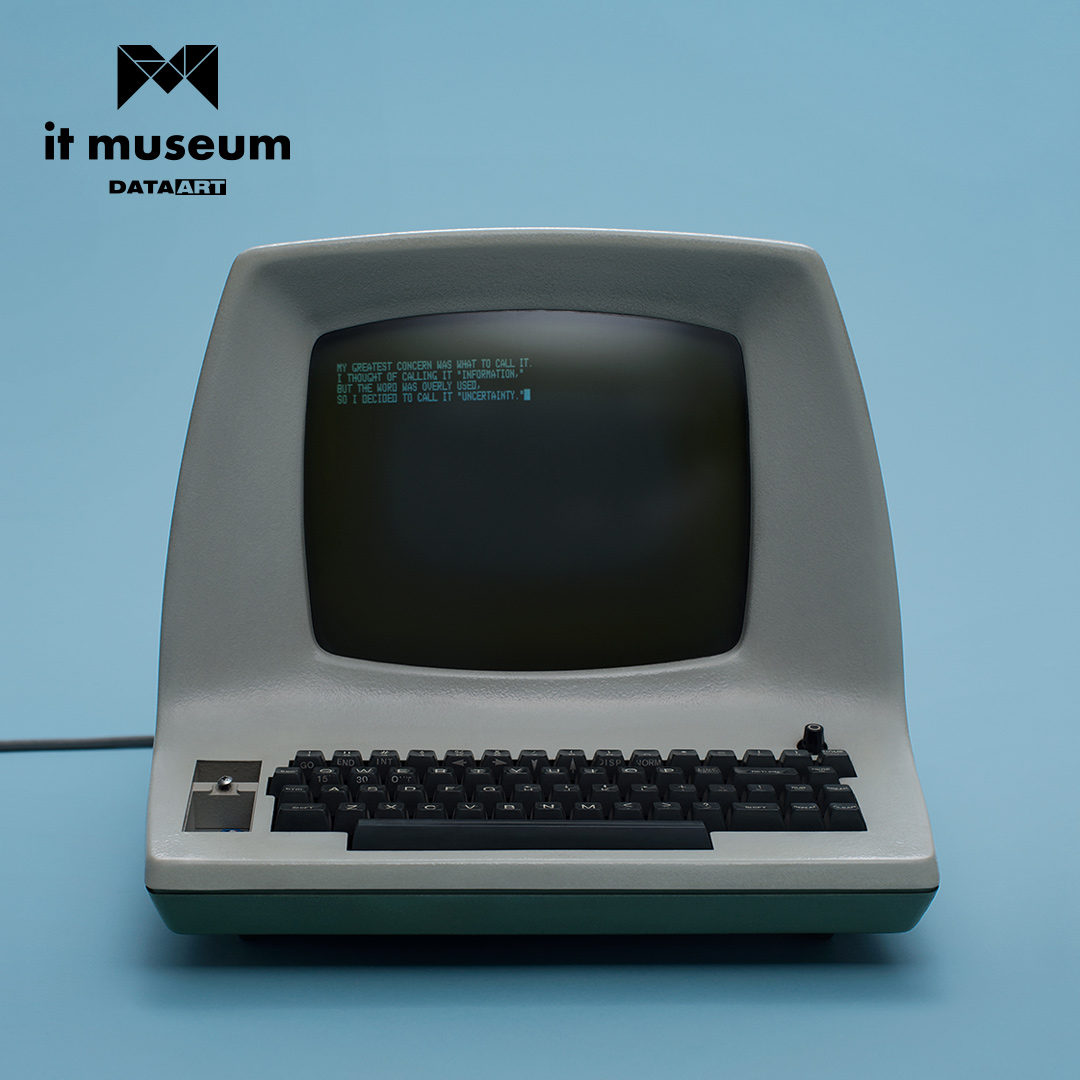
Video Terminal ADM3A mini-computer company Digital PDP 11/34
The DEC-compatible video terminal was produced by Lear Siegler since 1976 and was sold for a low price of $ 1,195 by then standards. The control sequences first implemented in ADM3A are still alive. Let's say that the HJKL buttons were used to move the cursor around the screen along with the Ctrl key - this is still supported in the vi editor.

QuickShot QS-113
QuickShot - the world's first ergonomic joysticks. In 1982, they came up with the company Spectrvideo. QuickShot allowed you to play games on Atari, Commodore, MSX, Amiga, Amstrad, Nintendo and Sega games and consoles. The QS-113 model from the DataArt collection is one of the simplest. She allowed to play on IBM PC / XT.
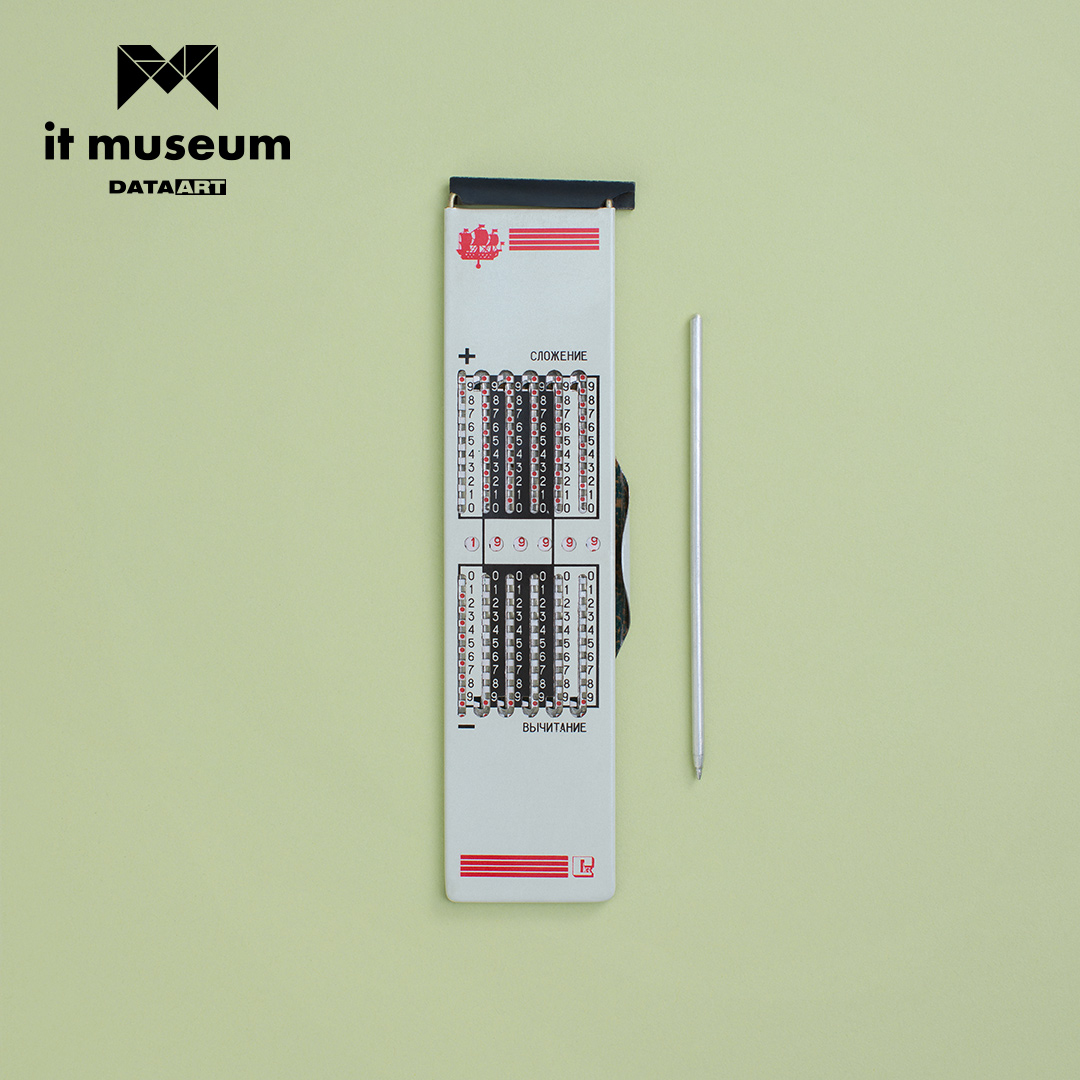
Arithmetic line
The arithmetic line produced by the Leningrad plant Northern Press is the Soviet version of the Kummer numerator. The numerator was coined in 1846 by the Petersburg music teacher Heinrich Kummer and in various versions was produced until the end of the 1970s. The ruler is based on the principle of abacus and allows you to perform addition and subtraction by successive actions. A stylus stick is needed to dial numbers in each digit. The top black lever is a reset.
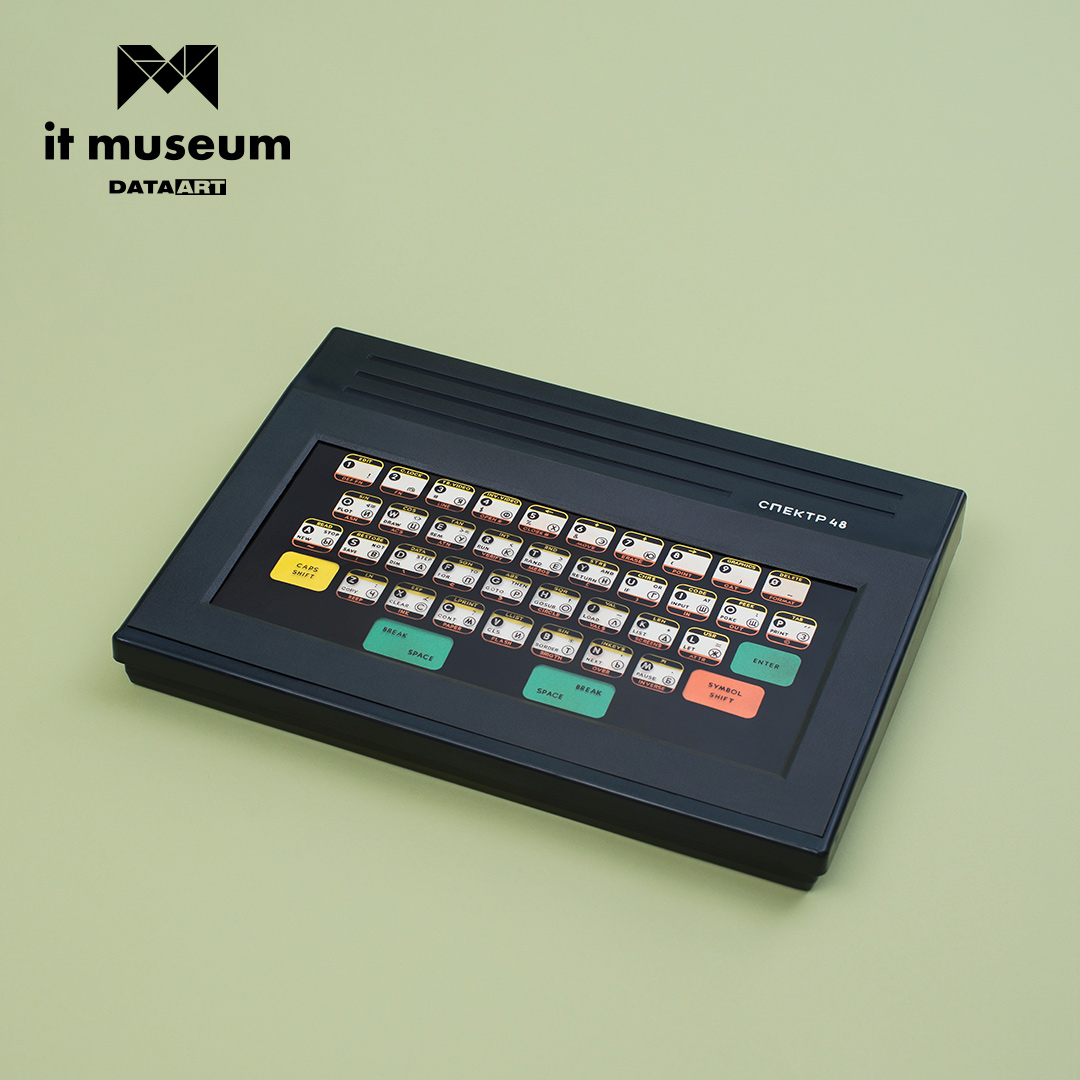
Spectrum-48
A rather rare clone of the 8-bit English ZX Spectrum 48K has been produced since 1991 by the Komponent plant in Leningrad. Almost fully compatible with the original, despite the circuit differences. Instead of the original Zilog Z80 with a working frequency of 3.5 MHz, a domestic T34BM1 microprocessor is installed in the PC. On the "Spectrum" launched most of the games for the Spectrum.
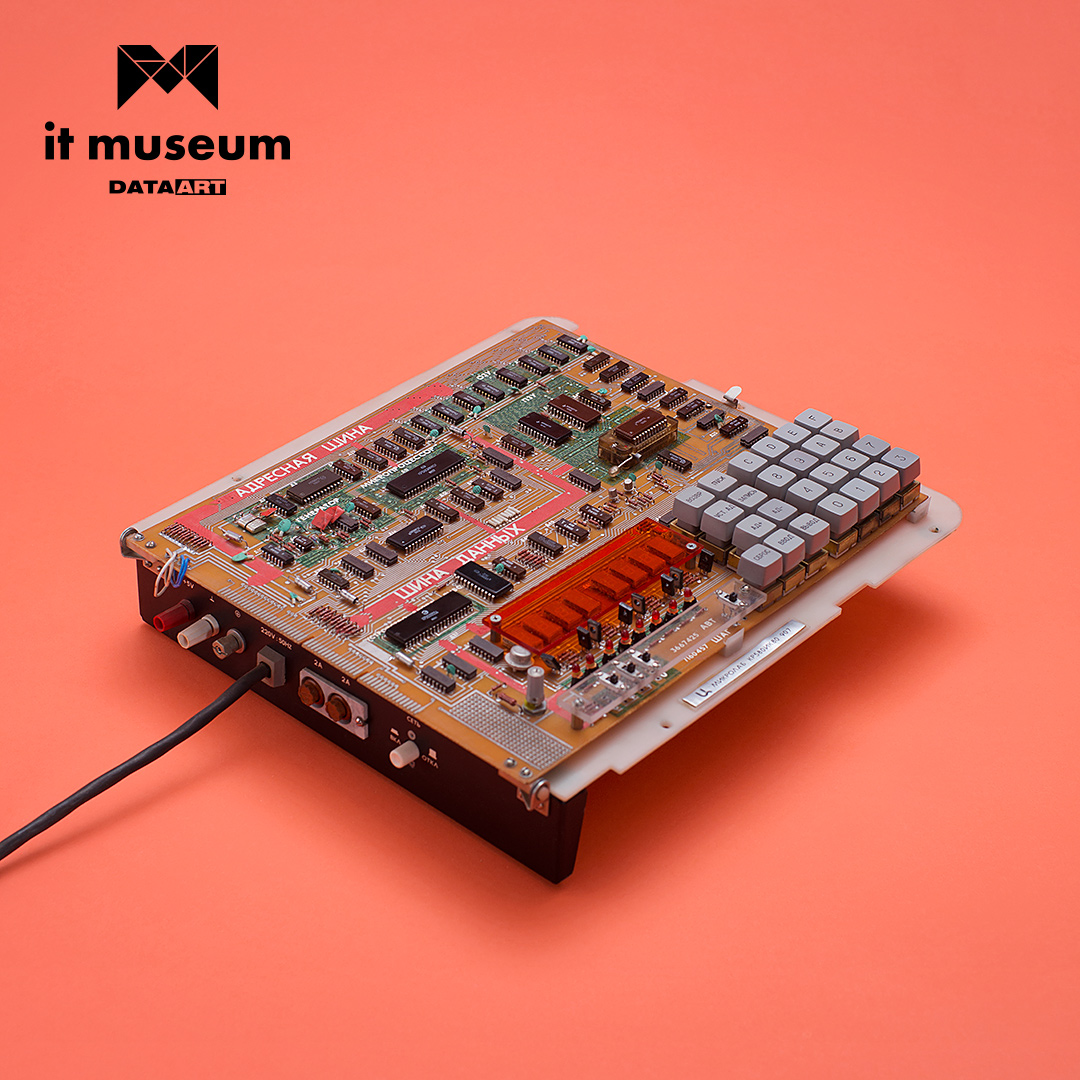
Training stand based on K580IK80 microprocessor
The K580IK80 microprocessor is a functional analogue of the Intel i8080 with a clock frequency of 2 MHz. Produced since 1977. The copy stored in the DataArt collection was used at the Leningrad Institute of Precise Mechanics and Optics (LITMO) to train students in the specialty “computer engineering”.
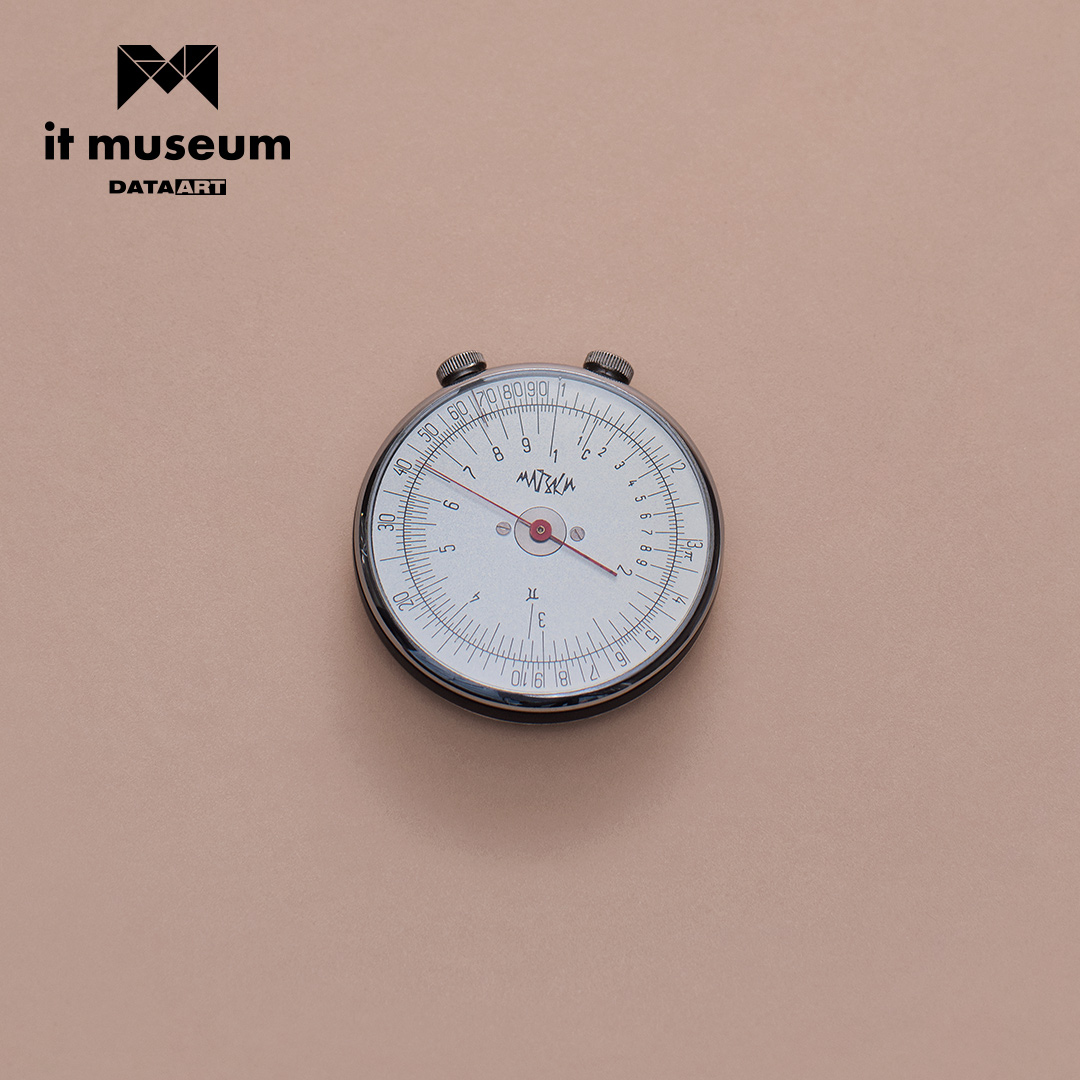
Circular slide rule CL-1
Like the usual flat, circular slide rule, you can perform many mathematical operations: multiplication, division, squaring, square root, calculating direct and inverse trigonometric functions, and so on, while being compact. The model was produced for several decades by the Moscow Experimental Works of Kontrol Pribor control devices.
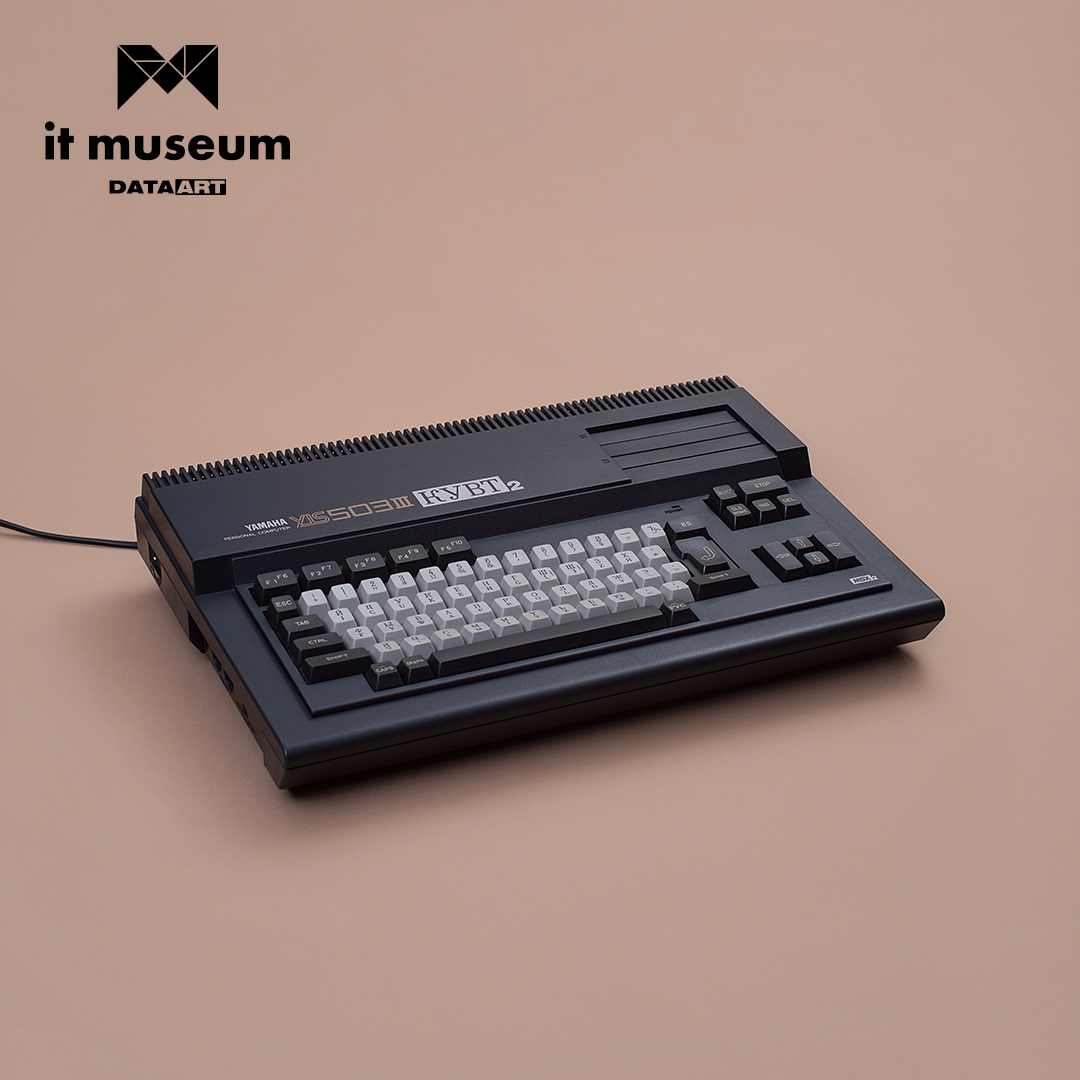
Yamaha YIS503III KUVT-2
The workplace of the student in the composition of a set of educational computing equipment (KUVT) based on 8-bit consumer computers standard MSX company Yamaha. Such kits were used in the educational process of schools in the USSR from the mid-1980s to the early 1990s. The computers used in the kits were adapted serial models: they had Russified the keyboard and software.
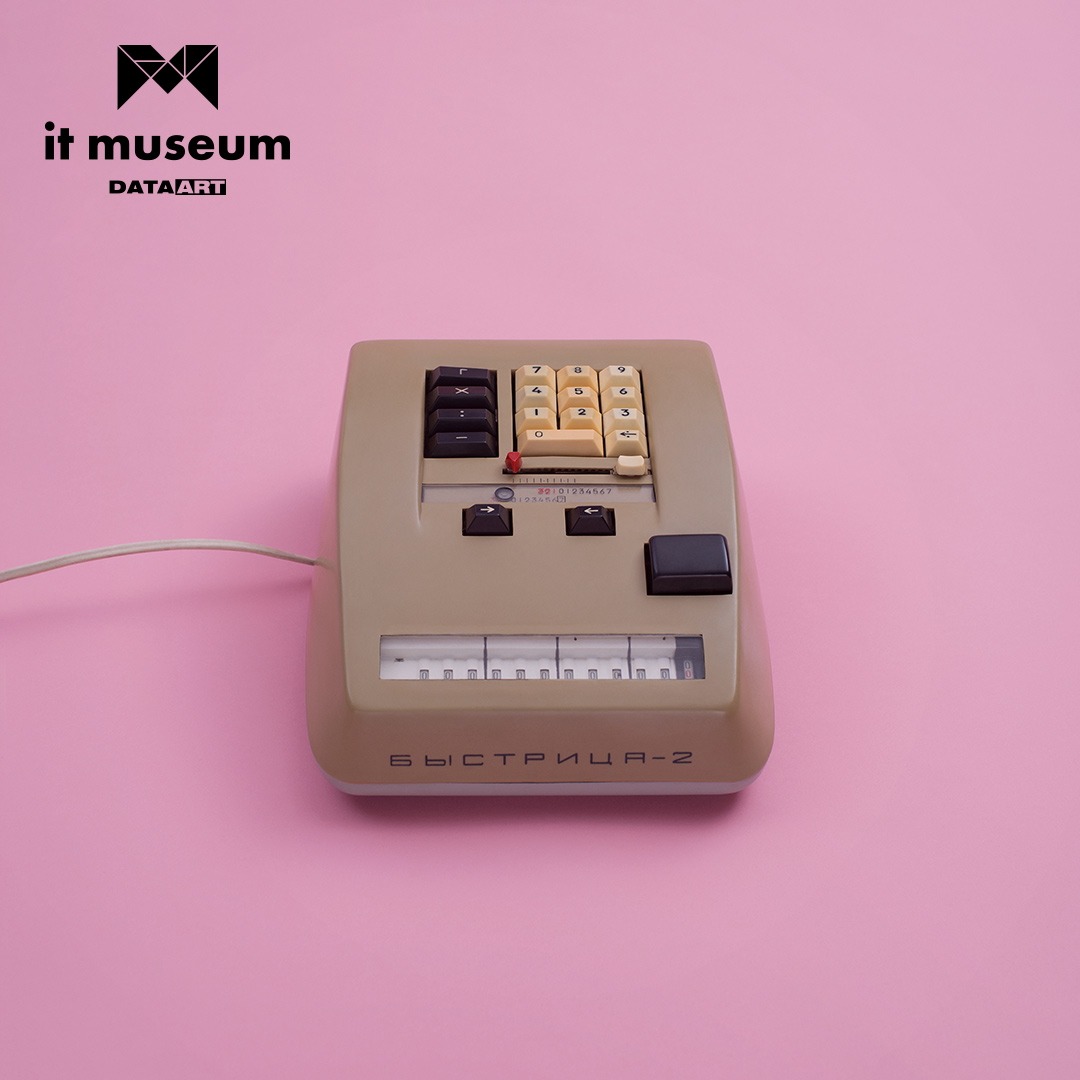
Bistrica-2
The smallest and cheapest of electromechanical arithmometers weighing 3.5 kg was produced from the 1960s to the 1970s. Perform four arithmetic operations. A clone of a similar German Contex 20 device.
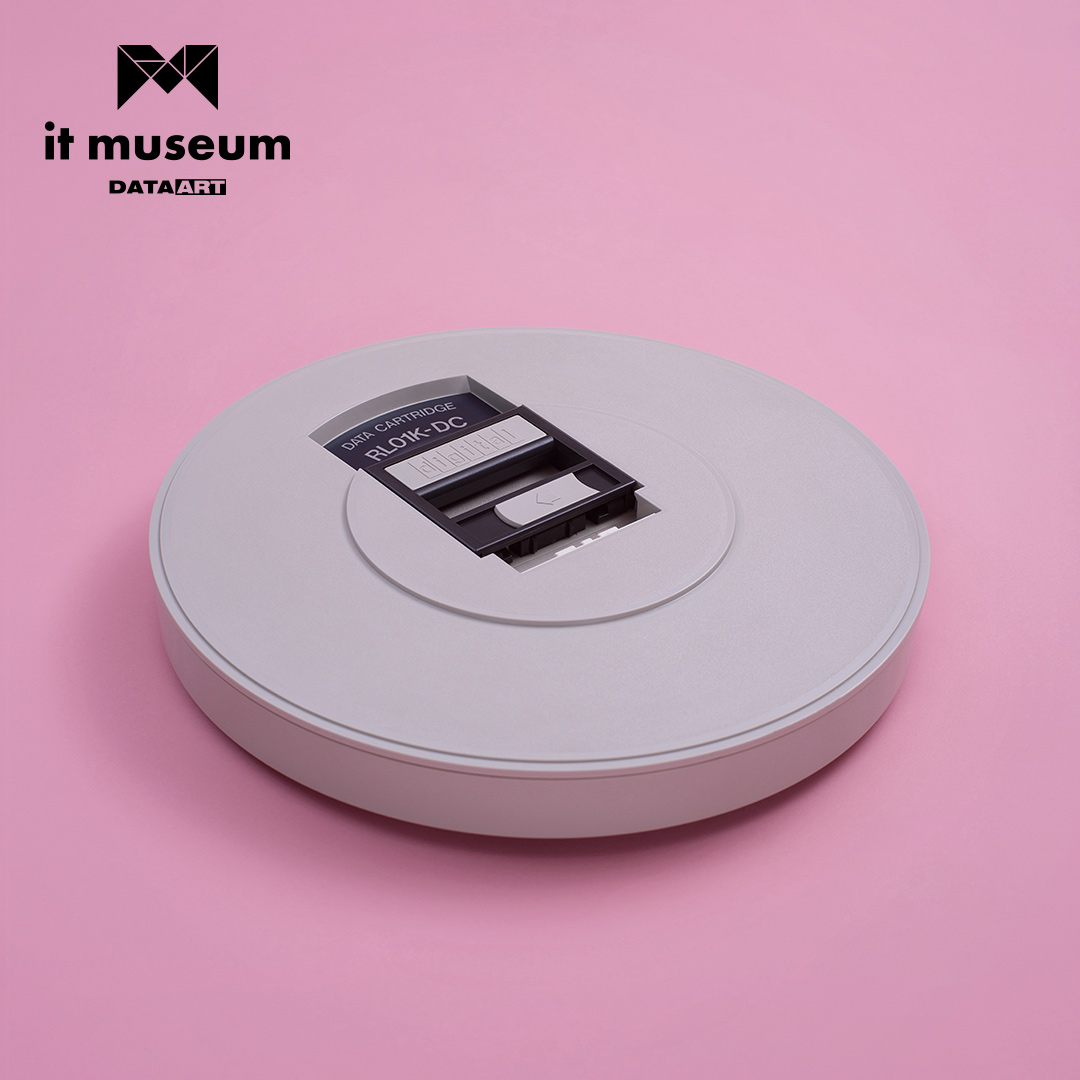
RL01 K-DC Disc Package for Mini-Computers of Digital Equipment Corporation (DEC) PDP 11/34
The PDP-11 is a family of 16-bit minicomputers, various models of which were produced from the 1970s to the 1990s. For PDP-11 produced several models of disk packages. The 19-inch model RL01 contained 5 MB of data, and to read it, a disk drive weighing 34 kg was needed. Other model of the disk RL02 contained 10 MB.

Motorola TeleTAC 250
Motorola launched the MicroTAC series in 1989. Then it was the lightest phones on the market, and thanks to this they became one of the most popular, despite the fact that they were selling for $ 2500-3500. The TeleTAC 250 model has been produced since 1994 and differed from the previous ones in that it did not have a “flip” - a cover that covers the keyboard. The phone worked on analog cellular networks of the first generation (1G).
Source: https://habr.com/ru/post/372913/
All Articles